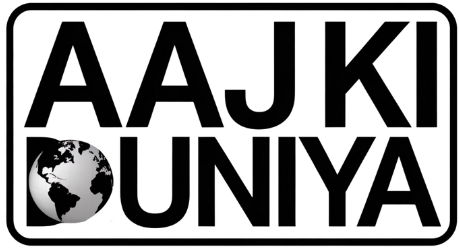Aug 5 (Reuters) – Rivian Automotive reported a higher-than-expected quarterly loss on Tuesday as disruption in supply of rare earth metals used to make parts of its electric vehicles raised costs and income from credits sold to traditional automakers dwindled.
China’s curbs on the export of heavy rare earth metals —essential components for motors — sharply increased material costs and disrupted supply chains, driving up the cost of EV production in the U.S.
The company reported an adjusted loss per share of 80 cents for the second quarter, compared with analysts’ average estimate of 65 cents, according to data compiled by LSEG.
Rivian also flagged a bigger adjusted core loss this year, expecting it to between $2 billion and $2.25 billion, compared with $1.7 billion to $1.9 billion previously forecast.
The company largely blamed a tapering in the value of U.S. regulatory credits for the higher loss estimate.
President Donald Trump administration’s elimination of penalties for automakers not meeting fuel economy standards has drastically reduced demand for regulatory credits, which companies like Rivian previously sold to traditional automakers to help them avoid emissions fines.
The company delivered 10,661 vehicles in the second quarter, marking a 22% decline from the same period a year earlier, as Rivian limited production to prepare for its 2026 model year launch.
Earlier this year, the company slashed its 2025 deliveries forecast to 40,000 to 46,000 vehicles from an initial 46,000 to 51,000, citing U.S. tariffs resulting in cost pressures that dampened demand.
The company shut down its plant for a week in the second quarter and will pause production in the second half of 2025 to integrate key production elements and prepare for the R2 SUV launch next year.
The $7,500 federal EV tax credit expires at the end of September, eliminating a key competitive advantage that has driven electric vehicle demand, but analysts anticipate a surge in third-quarter sales as consumers rush to purchase EVs before losing access to the incentive.
Revenue for the second quarter stood at $1.3 billion, surpassing analysts’ average estimate of $1.28 billion, according to data compiled by LSEG.
Cash and cash equivalents were $4.81 billion at the end of the June-quarter, compared with $4.69 billion in the preceding three-month period. (Reporting by Akash Sriram in Bengaluru; Editing by Sriraj Kalluvila)
Source link
[ad_3]
[ad_4]

